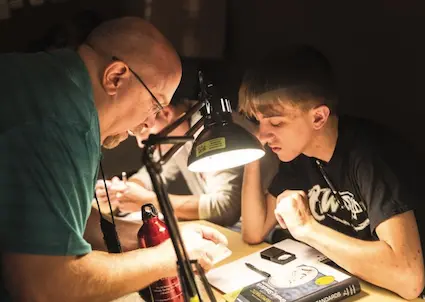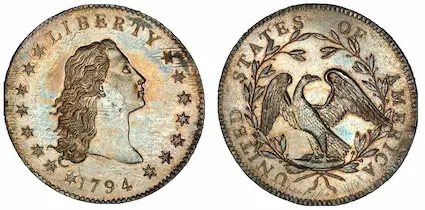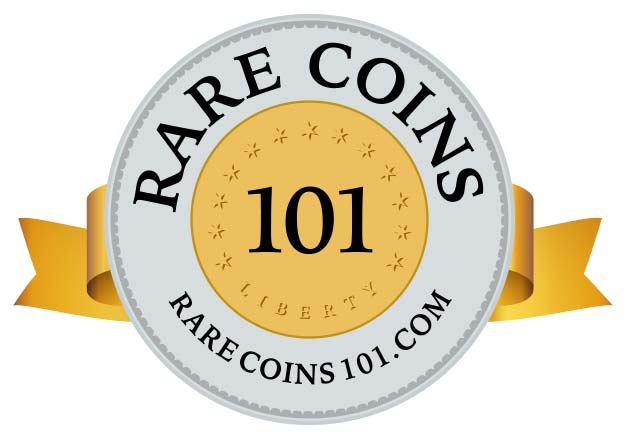What is Coin Grading?
Developing a working knowledge in the art of coin grading is one of the first and foremost steps in becoming a learned numismatist and successful rare coin buyer. Exactly what is coin grading, and why is this important?
Think of it this way: For the prospective collector to discount the criticality of grading is the same as a baseball player expecting to hit a home run without first learning how to hold a bat. Both scenarios will most likely result in a strike out.


“Coin Grade” is an expression used to indicate the amount of wear-and-tear a coin has received over its lifetime. A coin that circulated for many years likely displays heavy wear and deterioration, with much of its detail rubbed off from handling by thousands of people and other actions.
Opposite of that, a coin that never saw the light of day may be perfectly preserved in like-new condition, still possessing most of the same qualities it did as on the day it was minted.
Another way of thinking about it is that a coin's grade is a measure of how well its surface has been preserved.
Coin grading also may take into consideration the strike boldness, mint luster, surface reflectivity, eye appeal, and color of a coin (applicable to copper coins).

The grade is important because after rarity and demand, it is the most important factor determining the value of a coin. Generally speaking, the higher the grade of a coin, the greater its value.
Ken Bressett, former president of the American Numismatic Association (ANA) and “godfather” of the Redbook (a.k.a. “Guidebook of United States Coins”), had this to say about grading:

The grade is important because after rarity and demand, it is the most important factor determining the value of a coin. Generally speaking, the higher the grade of a coin, the greater its value.
Ken Bressett, former president of the American Numismatic Association (ANA) and “godfather” of the Redbook (a.k.a. “Guidebook of United States Coins”), had this to say about grading:
“Grading is really very simple. All you need is four things: a good magnifying lens, a good light, a good memory, and 20 years of experience.”
Happily, even the novice coin collector, through diligent studying and practice, can develop enough skill and confidence to approximate the proper grade of most coins much sooner than 20 years. While it takes talent and years of involvement to acquire the mastery of a professional, it's possible to become a semi-versed coin grader in the relative short term.
The material that follows is not intended to be a substitute for a comprehensive training course in coin grading. It does, however, dip a toe into the pool by covering the coin grading basics and why this topic is crucial to your goals as a rare coin “stakeholder.” The ultimate objective here is to whet your appetite to learn more!
Use the links directly below to navigate the "What is Coin Grading?" section:
- The Coin Grader Progression: From Boogeyman to Super Hero
- Grading Circulated Coins
- Mint State Coins
- Proof Coins
- Stars, "Green Beans", and "Plus" Grading
- Grades as Reported on Rare Coins 101
- Suggested Coin Grading References
All the chapters referenced above are accessible from any other chapter in this section. Thus, no need to return to this Introductory page to link to other chapters.


Sources

